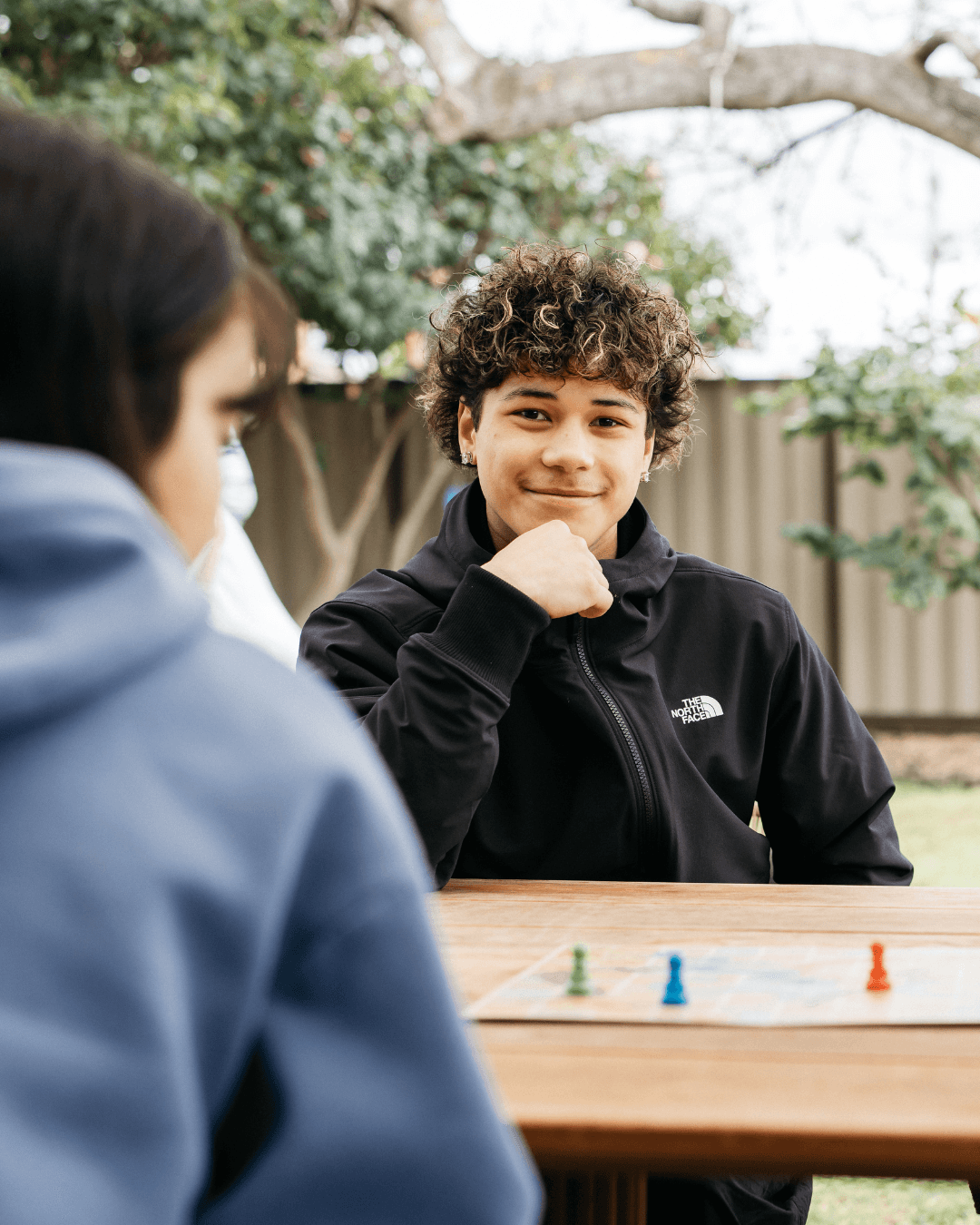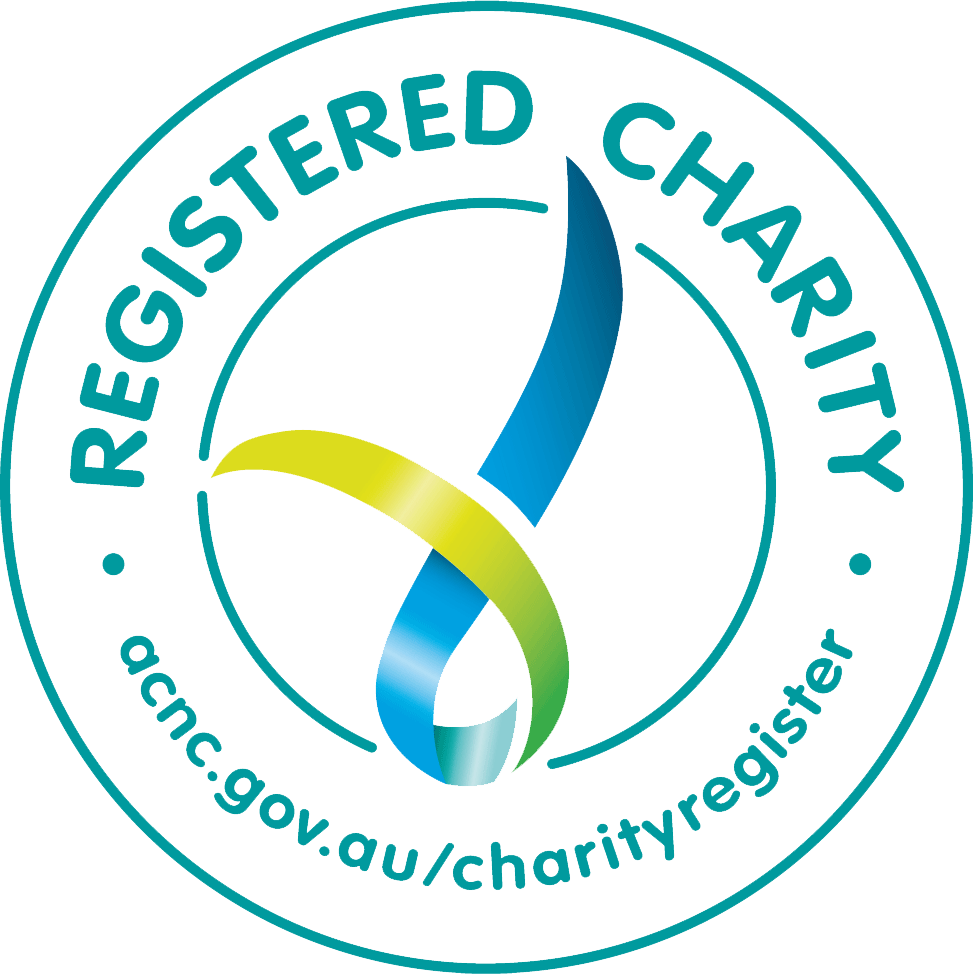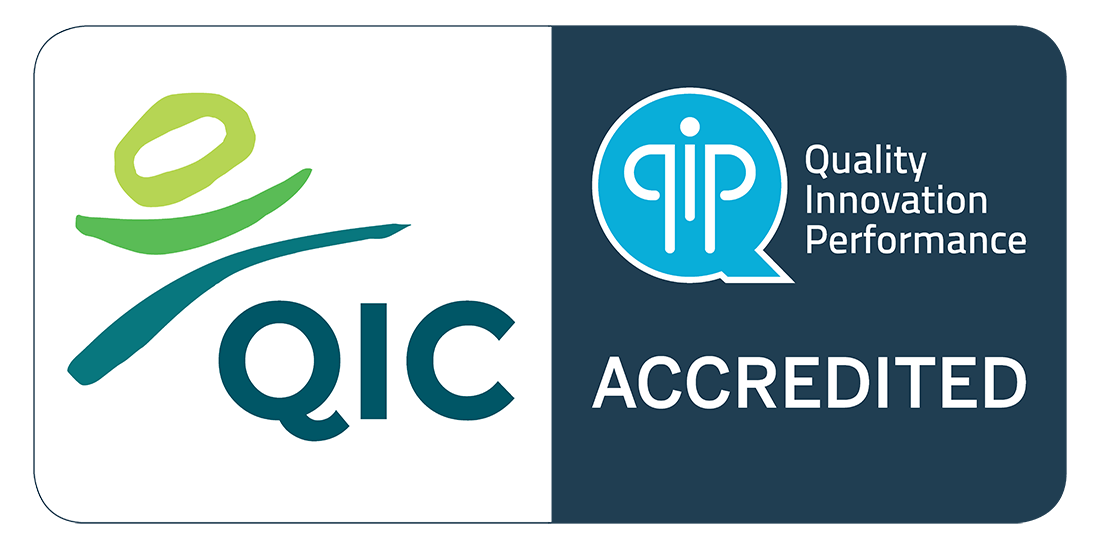Respite foster care offers a vital and compassionate helping hand when it’s needed most. It’s a short-term care arrangement—sometimes for just a few hours or perhaps a couple of days, where a young person is welcomed into a warm and safe environment while their usual foster family needs a pause. At Lighthouse Foundation, that means we step in quickly, providing the support and care that ensures every young person keeps feeling valued, protected, and connected, even during a transitional moment.
Respite Care
Your care can make all the difference. Become a respite foster carer and help every child feel safe, supported, and valued
What is Respite Foster Care?
1 TO 7 DAYS:
The purpose of respite is both urgent and supportive: it’s about stepping into the gap when unexpected circumstances arise, when the primary carer may be overwhelmed, unavailable, or in need of respite themselves. It’s about ensuring the safety and stability of the young person at all times, and giving their carers the chance to regroup, recharge, or deal with emergencies, without compromising on nurture or security. In doing so, we help maintain continuity of care, safeguard emotional well-being, and uphold the sense of belonging that every young person deserves.
Your Journey to Becoming a Respite Foster Carer
Step 1.
Enquiry
Starting Your Fostering Journey
When you first reach out to Lighthouse Foundation about becoming a respite foster carer, you’ll begin by completing an enquiry form on our website or through Fostering Connections. One of our team members will call you to chat about your interest in fostering — including what type of care you’re drawn to, what’s involved, and any questions you may have.
This conversation helps us understand your circumstances and determine initial eligibility. Afterwards, we’ll send you an email with helpful resources and next steps.
Step 2.
Application
The Formal Process
If you’re ready to take the next step, we’ll send you an application pack that includes a form, a Lighthouse brochure, and details about background checks (such as a WWCC and Police Check). You’ll also be asked to provide three referees who know you well. If you need help with the paperwork, our team will happily support you.
Step 3.
Initial Visit
Getting to Know You
After receiving your application, we’ll arrange an initial home visit. This is a relaxed, friendly meeting where we get to know you and your household — and you get to learn more about Lighthouse and our therapeutic care model.
Together, we’ll look at your home environment, discuss safety standards, and explore how to create a warm, healing space for children and young people who may stay with you for short periods of time.
Step 4.
Training
Preparing for Your Role as a Short Term Carer
All foster care applicants in Victoria take part in Shared Lives training, developed by the Association of Children’s Welfare Agencies (ACWA) and the Centre for Community Welfare Training (CCWT).
This interactive training helps you understand:
- Why children and young people enter foster care
- How trauma and stress can affect behaviour and development
- How to respond with empathy and therapeutic care
- The importance of cultural respect and connection
- The impact of caring on you, your family, and your wellbeing
Even if you’re still deciding whether respite care is right for you, training offers a real insight into what it means to provide short-term care and support — and it’s a great way to connect with other like-minded people.
Step 5.
Assessment
Evaluating Your Suitability
Next comes the Step by Step (SxS) assessment — a thoughtful, conversation-based process that explores your experiences, values and motivation to foster.
You’ll have 4-5 sessions with a Lighthouse assessor, where we’ll talk about topics such as resilience, relationships, child-centred care, and supporting connection to family and culture. These conversations are always handled with empathy, privacy, and respect.
An Aboriginal Advisor will also review your assessment to ensure cultural safety and suitability for caring for Aboriginal children and young people.
Step 6.
Accreditation
Becoming an Approved Carer
Finally, your assessor will prepare a report to share with an accreditation panel, which includes Lighthouse staff, an experienced foster carer, and representatives from the Department of Families, Fairness and Housing. You’ll be invited to meet the panel, share your story, and ask any questions. Many carers find this to be an affirming and inspiring experience.
After the panel review, you’ll be informed of the outcome, and if approved, you’ll officially become an accredited respite foster carer — ready to make a meaningful difference in a young person’s life by offering stability, care and connection when they need it most.
FAQs about respite Foster Care
Here are some of the most common questions people ask when considering respite foster care with Lighthouse Foundation. We hope this information helps you in your decision-making process.
Why is respite care important?
Respite carers play a crucial role in the lives of children and young people who may be living with their parents, kinship carers, or foster carers. Respite Care offers a safe relationship with an adult who they can build trust, and a greater support network for their carers. Respite care is often a crucial factor in ensuring the longevity of children and young people’s day-to-day care arrangements, allowing their parent or primary carer to have a little break. Respite carers also form part of the care team surrounding the child or young person, supporting them to achieve their goals and often providing them with new and different experiences.
How long does respite care usually last?
Most commonly, respite care usually occurs over a weekend. It can, however, be only one night, or up to a week or two, depending on the needs of the child and/or usual carer. Often, respite carers will look after a child or young person each month and provide a reliable routine of support. School holidays are also a very helpful time when respite carers can support.
Who can become a respite carer?
Anyone eligible to be a foster carer can apply to be a respite carer. Our detailed process above outlines the steps and support you’ll receive when becoming a respite foster carer.
Do respite carers receive training and support?
Yes, respite carers receive training and ongoing support, such as support through Lighthouse’s case management, support and supervision, reflective opportunities and groups, and access to out-of-hours supports, such as an on-call number to use in the case of emergencies.
What role do respite carers play in a child’s life?
Respite Foster Carers allow children and young people to experience expanded support networks, with safe adults whom they can rely on. Children and young people are supported to have new and positive experiences, which can support their emotional and social development. Respite carers play a big part in assisting primary carers and parents’ well-being, to support burnout and lead to stable relationships and longer-term placements.
How does respite care benefit children and young people?
Respite carers can provide a trusting adult in the life of a child or young person. Respite carers often act like an extended family member might, providing a ‘home away from home’ for a child or young person on weekends, overnight, and school holidays.
How does respite care support full-time foster or kinship carers?
Respite carers can provide support when a child or young person’s regular carers are unable to provide care or need to take a break from caring. Respite carers can provide support to enable the carers to regroup, take time for themselves, or go away on a holiday. This supports carers by reducing caregiver burnout and ultimately leads to more sustainable and longer-term care arrangements.
Can respite care lead to becoming a full-time foster carer?
Yes, respite carers can become short or long-term carers in the future. Sometimes this takes place when a child or young person’s circumstances change, and they require a new care arrangement. Other times this can occur when the foster carer’s circumstances change and they have additional time and capacity to provide care. When this occurs, Lighthouse supports you through this transition and any areas of strengthening that may be required.

Foster care
Enquire about becoming a respite carer today
Lighthouse is in urgent need of foster carers who are willing to help better the lives of vulnerable children in the northern and southern Melbourne regions.
We are looking for people from all walks of life, who are willing to open their hearts and their homes to children who urgently need care.
We recognise that the fostering journey is not always easy, but at Lighthouse we ensure that we are with you every step of the way. We care for you, so you can care for them.
Enquire here
Our Foster Carers’ Stories

“They helped me with group and one to one sessions with a clinician. I really felt supported.”
James had previous experience in other states before coming to Lighthouse, his work meant that he needed to move to Victoria so when he made the move, he contacted us about becoming a Carer.
After his training and accreditation, he met Terry and 8-year-old boy and started a short term placement. Because of Terry’s experiences before coming into care, he often responded in ways to express his trauma. This could at times be challenging and difficult for James. Terry would often be bouncing around, unable to stay still. When he found things tough, he tried to break things, throw them and call James names.
To support James, Lighthouse Therapeutic Carers went into the home 3 nights per week. They role-modelled ways that James could respond to Terry using play, curiosity, acceptance and empathy. Sometimes our Therapeutic Carers looked after Terry so James could have a break.
Terry would also stay with us in our Hub Home every second weekend and engaged in the Lighthouse community through activities and events where he was able to meet and spend some time with other young people in care. Terry started to feel he had a place he belonged.
James said that ‘I found some days really tough but was able to contact one of the team at Lighthouse to talk through how I was feeling, and they helped me by taking part in group reflective spaces and one to one sessions with a clinician. I really felt supported.’
James was committed to showing Terry that despite the hard times, he was there for him and was not going to leave. This commitment and patience showed Terry that he could trust James and he started to feel safety in their relationship, and slowly started to realise he did not need to push and test whether James would always be there for him.

“The training I received was helpful in understanding how to respond to children in a trauma-informed way, learning patience is key.”
Clare has been caring for children in foster care for the past 10 years. As a single woman, she sought out Lighthouse after researching local agencies and enquired with us highlighting an interest in our Model of Care and support available for Foster Carers. Clare was new to the foster care system in Victoria, so she was asked to complete a new assessment.
Clare said that she was really impressed with Lighthouse’s professionalism, throughout the whole process since putting in her application. ‘I really felt Lighthouse was clear and approachable’ Our care team provided timeframes and answered all her questions and Clare told our team ‘I was very impressed with Lighthouse’s therapeutic approaches to caring; I felt a sense of a real team approach in the program. The training I received clarified how to respond to children in a trauma informed way, learning patience is key, which really helped reflect on previous experiences and how I can continue to grow and learn.’

“For me, fostering was never a question of if, but a question of when.”
It all began when I was given a foster care pamphlet 20 years ago and since then I’ve never looked back. I was a young mum of two, who were under the age of two, and I felt an overwhelming sense of gratitude – we had everything we could ever need. I wanted to give back on a personal level and provide a sense of giving that would be a guiding value to our family.
My biological children knew no different – they had foster siblings that would stay for varying lengths of time and they knew that how we helped each would need to be different. They learned compassion and patience and that love is simply love. Our family adopted a very special boy, Alex, at the age of two and he holds equal amounts of space in our hearts, as we hold for each other.
Reflecting back on some of the foster placements we took on at places other than Lighthouse, we weren’t provided with much detail prior and there was an absence of trauma-informed training and ongoing psychological support. That is what sets Lighthouse apart.
Had we been better prepared to deal with each child’s individual needs and experiences and had foster family matches been considered with the same rigor as Lighthouse, I think we could have been more effective in helping to heal and grow these children like we did with Alex. Had our program offered the lifelong extended family network that Lighthouse does, we’d know that each foster child we cared for would always have someone walking alongside them, during both the highs and lows of their life.
I do believe that foster children in Lighthouse’s programs are far more likely to rebuild and maintain relationships with their birth families, which is the ultimate goal of fostering.
Lighthouse recognises those who so deeply want to care for these vulnerable children and young people in the way they deserve, and they build training and support around them so they can fulfil that goal. No other fostering program leans in like Lighthouse does. I truly believe what they provide makes the most impactful difference for everyone involved – all members of foster families, birth families, the community and society more broadly.








